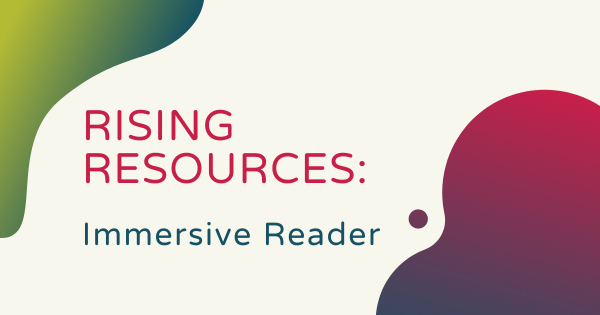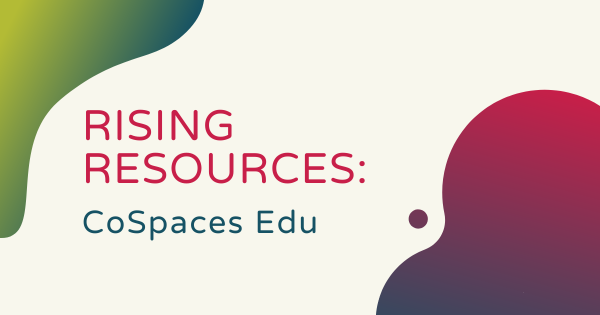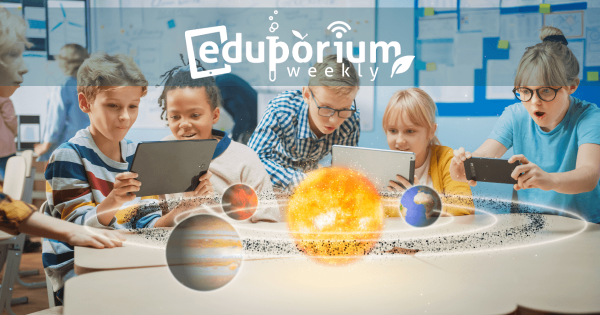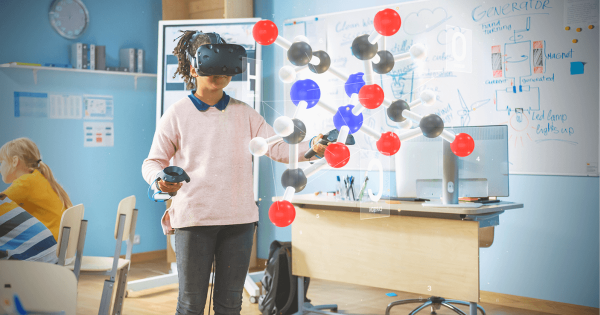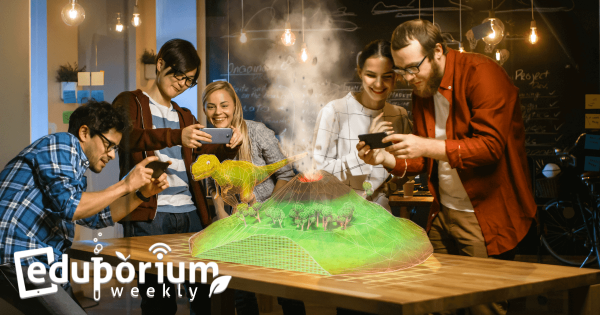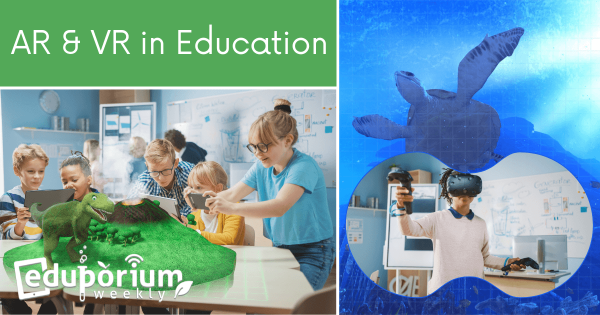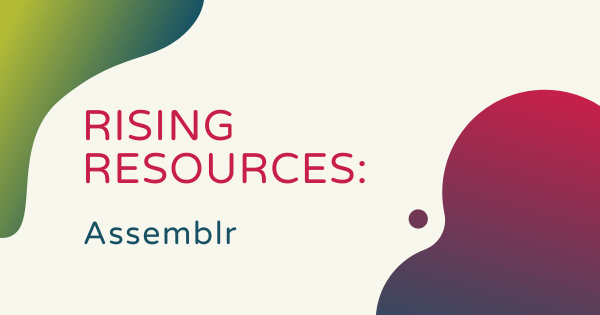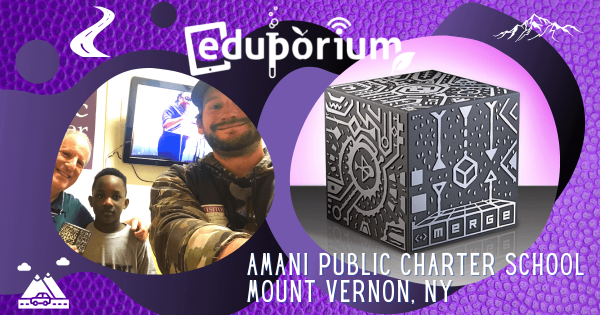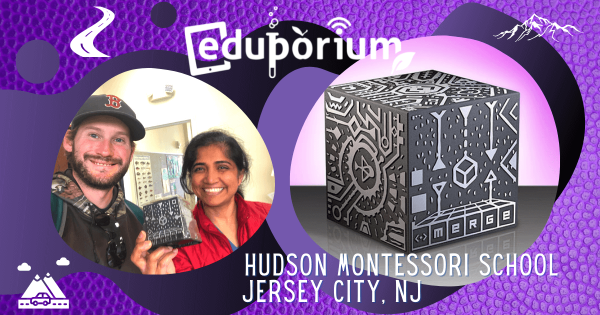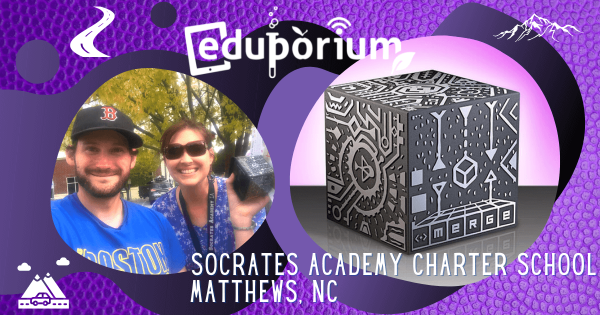Since Microsoft is, of course, one of the worldwide leaders in cutting-edge technology, it should come as no surprise that they also have technologies designed for younger children to use in the classroom. Near the top of that list is this Immersive Reader tool, which helps make written, digital content more accessible for all kids and simultaneously boosts their grasp
Augmented Reality
Augmented reality, amid its scorching popularity and rapid evolution, is a very valuable instructional tool. Particularly in science classes, AR tools could help students gain up-close and interactive views of many important things they are learning about. You might already be familiar with augmented reality and its connections to mobile apps and devices. Using tools like these, anybody can unlock brand-new elements to their reality by holding a device over an actual element of the real world and then uncovering tons of pre-populated information about what they're looking at. And, in terms of its classroom functionality, AR tools work the same way. There are those that are part of robust classroom AR systems and others that are just a program and a device. In either case, augmented reality platforms can help educators amplify engagement, increase excitement, and boost retention among students.
These days, many of the classroom AR solutions come from highly respected names in educational technology. In terms of classroom AR kits, there are a few reliable solutions we'd recommend. Previously, teachers were able to use the Google Expeditions kits to facilitate unique opportunities to learn with augmented reality. With those discontinued, however, the Expeditions 2.0 solutions from RobotLAB are our top recommendations. Not all RobotLAB VR kits include augmented reality features, however, but some do. Using other specialized education solutions, students can explore both AR and VR in the classroom. They could also access hundreds of specific field trips to explore key content areas they're discussing. Plus, all RobotLAB AR content helps teachers bring abstract concepts to life. And, the hardware combined with the student-friendly software, helps create an amazing learning experience.
-
Rising Resources | The CoSpaces Edu App
Besides creating their own virtual reality content, students can also use the CoSpaces Edu app to explore coding. Within this online platform, they can access this Blockly editor for drag-and-drop programming practice. Called CoBlocks, this visual language is simple for beginners and, as children get better at creating programs, they can move on to script-based languages. -
Eduporium Weekly | Augmented Reality In Education
In schools, AR tools help foster unique and strong learning experiences for students of all ages. In fact, its versatility offers teachers so much potential solely in terms of amplifying engagement. Plus, the variety of avenues they have for using augmented reality help make it viable in almost any subject, offering the chance to educate students in new and affordable -
Using Virtual Reality Systems In Education
AR and VR both unlock unique angles for learning that, along with effective integration, can enhance student learning experiences. They can also bring concepts to life with stunning visual displays and, once these physical and digital worlds intersect, students can gain context that supports instruction and even potentially reaches them on more of an emotional level. -
Eduporium Weekly | Using Mixed Reality In Education
Though technologies like mixed reality, VR, and AR may initially have been for entertainment or gaming, it didn’t take long to realize that they can also impact education—especially by helping today’s teachers more effectively engage and excite students. So, this week, let’s explore the different forms of immersive technology and how they can help enhance STEM learning. -
Eduporium Weekly | AR And VR In Education
One of the most common terms associated with AR and VR—especially in education—is immersive. Using VR systems, students can truly plunge into any number of immersive worlds but, beyond that, VR content is incredibly impactful for teaching students about some of today’s most intriguing real-world industries while also helping them gain practical experience at times. -
Rising Resources | Assemblr and AR Creation for Everyone
Assemblr is a web-based ecosystem that students can use to discover and display their creative talents by designing interactive content in 3D augmented reality. As AR continues to gain steam when it comes to engaging students and consumers, using Assemblr helps them build an understanding of what this medium is like and why it’s so appealing. -
Final Merge Cube Donations: The Amani Public Charter School
Andy made his final school visit and Merge Cube donation on Thursday as he left New York City and headed back to his home in southern Rhode Island. The donation was just outside New York City at the Amani Public Charter School in Mt. Vernon, NY, where he met with one of the school’s administrators, Harvey Zuckerman. -
Merge Cube Donation at the Hudson Montessori School (NJ)
The road trip and Merge Cube donations are coming to a close, but Eduporium’s Andy made his eighth stop in his series of donations on Wednesday afternoon. The last stop was NYC, giving the road trippers the chance to see the Big Apple once again. While there, he traveled across the river into Jersey City, NJ to meet with Michelle -
The Sixth Merge Cube Donation At The Socrates Academy
Last Thursday, we made our sixth school visit in a series of 10 while one of our team members is on a road trip around the country. So far, we’d visited schools in Vermont, Illinois, two in California, and another in Alabama. This sixth visit occurred at the Socrates Academy Charter School in the town of Matthews, NC as he




